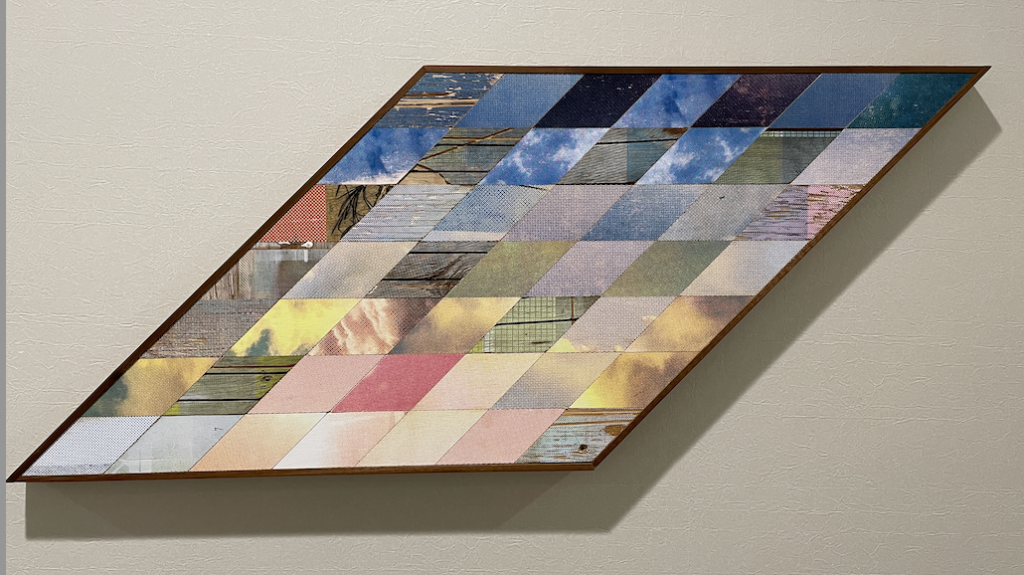In how many ways can you use dynamic geometry software to build a rhombus that stays a rhombus when its vertices are dragged? This challenge, a mainstay of Sketchpad workshops, invariably leads to great discussions because there are a multitude of ways to construct a rhombus, with each method highlighting different mathematical properties of the quadrilateral.
While the rhombus task works well, it does expose some challenges of using Sketchpad: The software features lots of menu commands and toolbox options, and navigating all this functionality can sometimes distract Sketchpad newcomers from the mathematics at hand.
Web Sketchpad differs from Sketchpad by offering a more streamlined approach to mathematical construction. It allows a teacher or curriculum developer to create and provide only those tools needed for a particular task. In this manner, we can lead students to think about a problem in targeted ways by limiting them to carefully chosen tools.
This post presents a collection of Web Sketchpad construction challenges where the goal is to use handpicked sets of tools to build a rhombus. Can you, for example, construct a rhombus with just a Compass and Parallel tool? How about starting with merely the Reflect tool?
In the websketch below (and here), use the tools on each of its 11 pages to construct a rhombus. When you’re satisfied, experiment with the “fitness” of your construction: Does your quadrilateral stay a rhombus no matter which points you drag? Does it change size but always maintain the same shape? Or does it change both its size and shape while remaining a rhombus? For some of the toolsets we provide, it isn’t possible to build a rhombus with this degree of flexibility.
Geometric construction tasks are not typically well suited for assessment by a computer, but in these rhombus constructions, students can receive feedback directly from Web Sketchpad. Notice that there is a quadrilateral ABCD sitting on each page. One by one, you can drag and attach its vertices to the points that you believe define a rhombus. If you’ve indeed constructed a rhombus, the message will switch from “Not a rhombus” to “Rhombus!”
The YouTube video here demonstrates this “drag and attach” feature and shows solutions to many of the rhombus challenges. Resist watching these constructions until you’ve given yourself the opportunity to puzzle through them. They are too fun to be spoiled!
And you’re done, check out these related construction challenges where the goal is to build a square using five different sets of tools.
